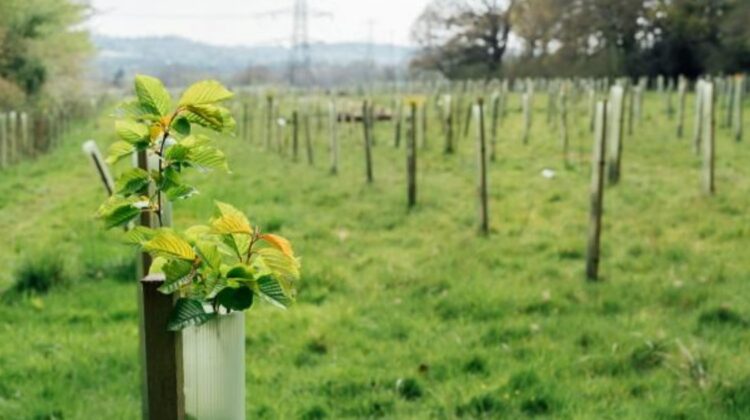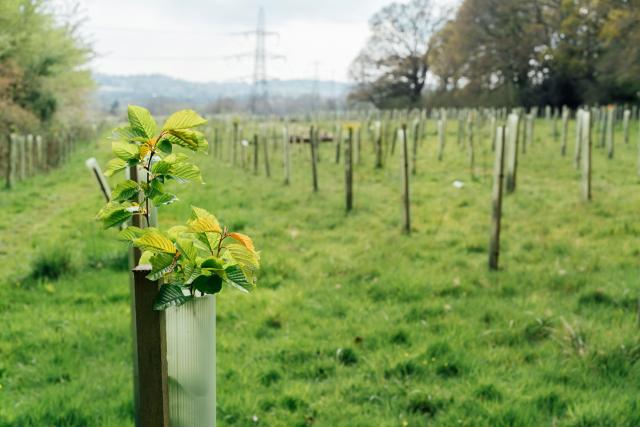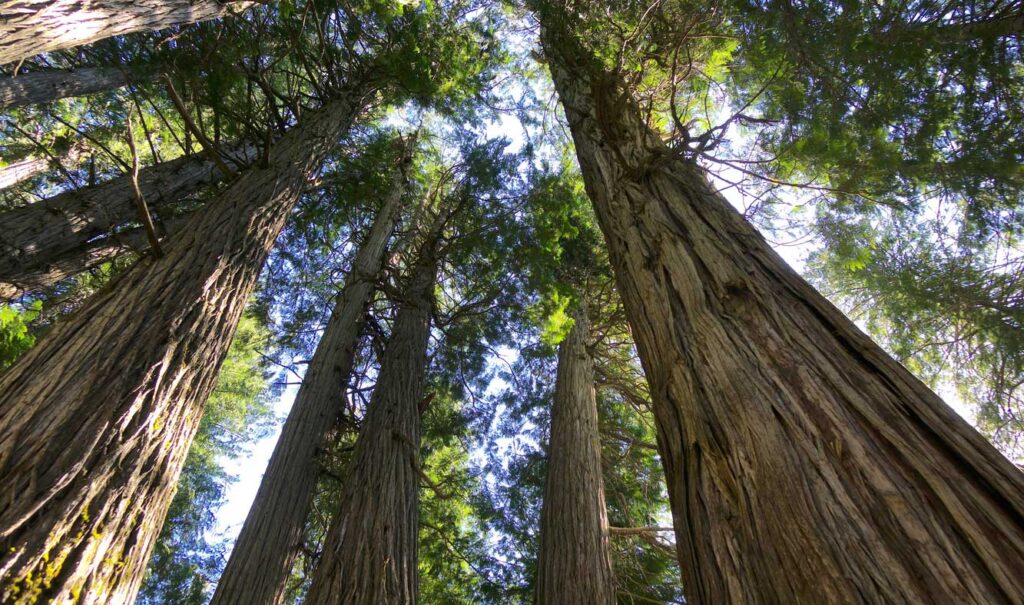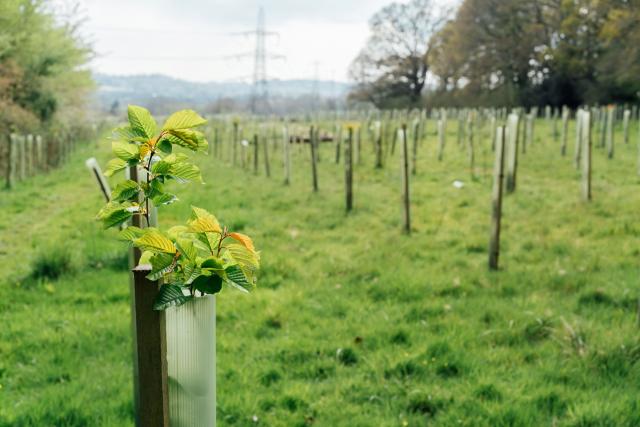
In a year that witnessed the legalization of psilocybin mushrooms in Oregon and the cinematic enchantment of Toad and the Mushroom Kingdom in “The Super Mario Bros. Movie,” an even more extraordinary mushroom-related breakthrough has emerged – mycoforestry. This innovative practice has the potential not only to provide sustenance for millions but also to alleviate environmental concerns.
Understanding Mycoforestry:

Mycoforestry, at its core, is the cultivation of edible mushrooms within forests. Unlike traditional agricultural methods that contribute to deforestation, mycoforestry offers a sustainable food source without requiring the destruction of vast expanses of land.
Addressing Deforestation:
Deforestation, responsible for an annual loss of over 11 million acres of forest, is predominantly driven by agricultural needs. Since 1990, a staggering 500,000 square miles of forests, equivalent to the combined area of Texas, California, New York, and Indiana, have vanished. This alarming trend equates to the clearing of 1,000 football fields’ worth of forests every hour for more than three decades.

Insights from Professor Alistair Jump:
Professor Alistair Jump, the Dean of the Faculty of Natural Sciences at the University of Stirling, and his colleague, Professor Paul Thomas, recently conducted a study on the impact of mycoforestry. In a compelling video for the university, Professor Jump outlines how mycoforestry could reconcile the conflict between food production and forestry.
Mitigating the Food and Forestry Conflict:
With ambitious tree planting targets in Scotland and the U.K., Professor Jump emphasizes the need to find space for trees without compromising agricultural land. Mycoforestry emerges as a practical avenue, allowing for the coexistence of trees and edible crops within the same space.

The Cool Factor: How Mycoforestry Cools the Planet:
The fascinating symbiotic relationship between trees and mushrooms plays a pivotal role in mycoforestry’s environmental benefits. Approximately 90% of plants engage in a mutually beneficial partnership with mushrooms through the mycelium, an underground network of fungal threads. This unique connection not only intrigues with its complexity but also contributes to the cooling of the planet.
Carbon Sequestration and Production:
In contrast to other major food groups that release carbon during production, mycoforestry, intertwined with living trees, actively sequesters and pulls carbon out of the atmosphere. Professor Paul Thomas emphasizes this crucial aspect in a video, underlining the system’s ability to combat climate change while producing an edible crop.

Feeding the World with Mycoforestry:
Beyond its environmental advantages, mycoforestry holds the promise of addressing global food scarcity. Mushrooms, renowned for their delectable taste and health benefits, could become a key player in the quest to feed millions. Professor Thomas envisions a significant impact, stating that if mycoforestry had been implemented in the last decade, it could have produced enough food to feed 18.9 million people annually.:
As we celebrate the one-year mark of this groundbreaking discovery, mycoforestry stands as a shocking yet promising tactic to simultaneously address food scarcity and environmental degradation. The potential to feed millions while preserving forests underscores the urgency of exploring innovative solutions like mycoforestry in shaping a sustainable future for our planet.

Leave a Reply